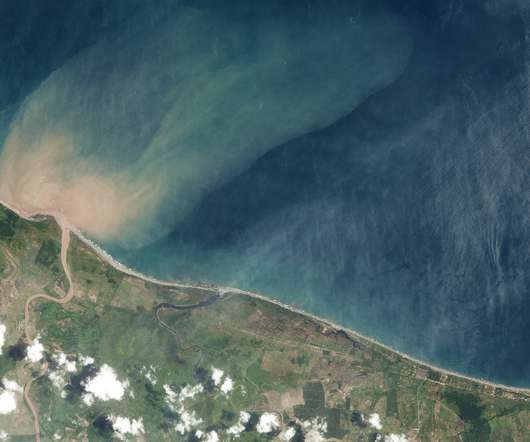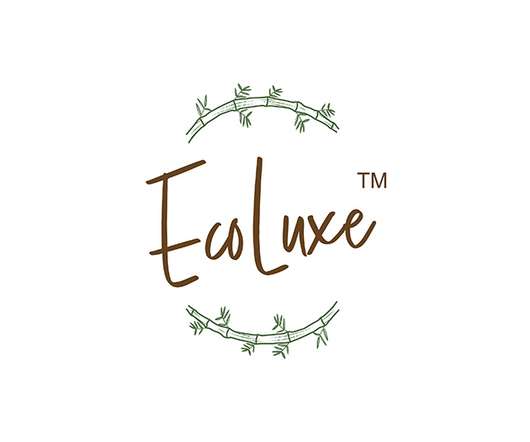Ocean Conservation: Microplastics in the Food Chain
Green Tech Challenge
MAY 23, 2019
Not only do new plastic waste deposits still make it into the ecosystem, but because plastic is not biodegradable, it will take decades to rehabilitate the ocean. More specifically, microplastic. Since plastic is not biodegradable, it does not decompose; but remains in the ecosystem for decades. How do Microplastics come about?


















Let's personalize your content